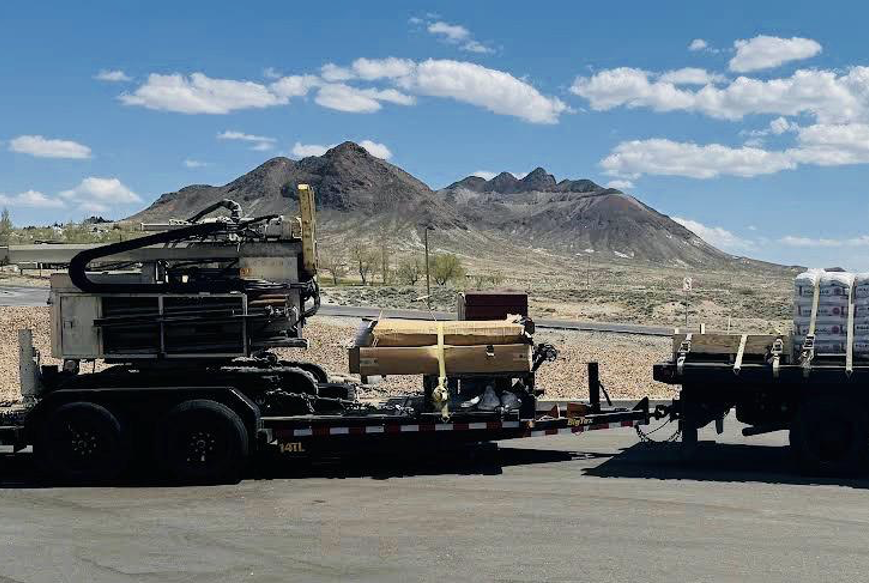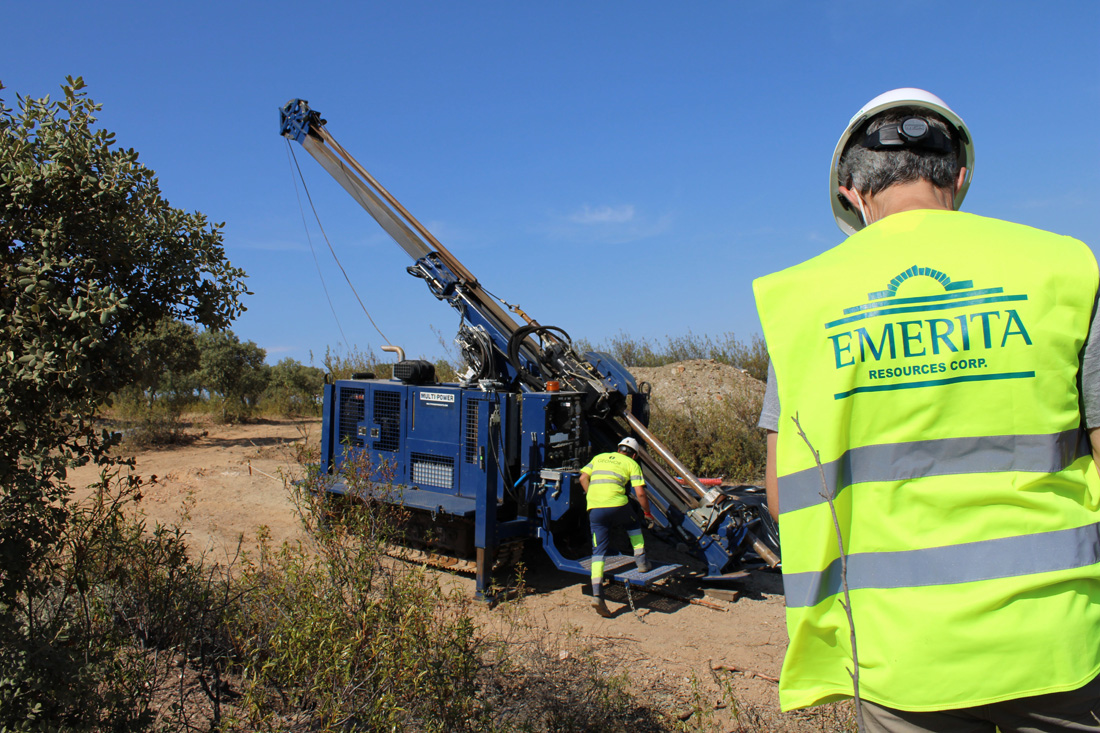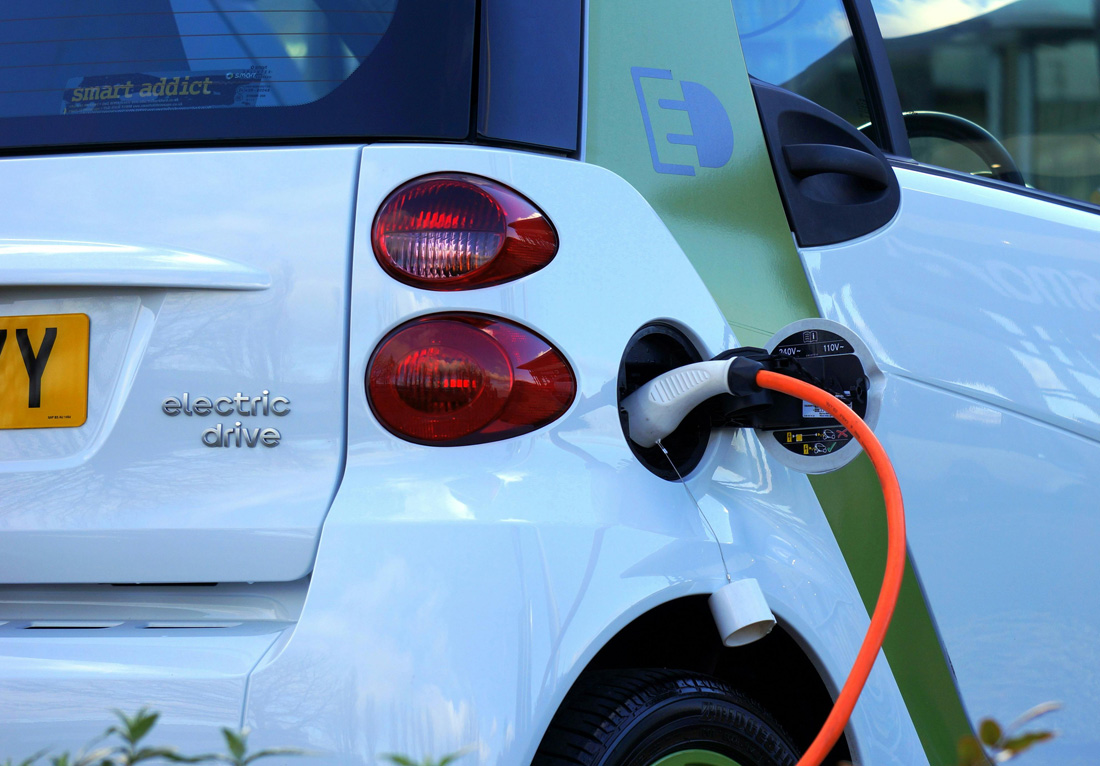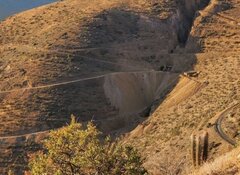The WSJ said that:
China plans to set up a strategic reserve for heavy rare earths in what would be another step toward protecting key resources and ensuring supplies for the domestic market, people with direct knowledge of the plan said. The plan, which hasn't yet received final government approval, would likely reduce volumes for export and boost rare earth prices.The WSJ goes on to say that:
It also would follow an approval in 2009 to build strategic reserves of light rare earths in China's Inner Mongolian Autonomous Region. That plan is supposed to be undertaken by Inner Mongolia Baotou Steel Rare-Earth (Group) Hi-Tech Co. (600111.SH), the country's largest rare earth producer by output.You can read the rest of the article here, and I suggest you do so before going any further.
As I have been reporting for the last two years, China is going full steam ahead with a critical-materials stockpiling program to protect Chinese domestic manufacturers, from any potential interruption of critical supplies.
Two years ago, it was reported that Baotou Rare Earth (BT) had received permission to stockpile up to 300,000 tons (30 Kt.) rare earths. BT is the world's largest producer of light rare earth elements (LREEs); last year it produced at least 50 Kt. lanthanum, cerium, neodymium and praseodymium.
Last year it was announced that the Chinese government had decided to consolidate the rare earths industry, geographically, under a small number of very large (world-class) Chinese metal producers and metals-trading companies.
Late last year, it was announced that for environmental reasons, REE production would be reduced and no new (increased) production or even exploration licenses for mining would be issued, until 2012.
So, until this morning we had a total reorganization of, at least, the global (i.e., Chinese) light-rare-earth-supply industry well underway, though only just now being implemented. Today, the equation expands to encompass the heavy rare earth elements (HREEs), which are mostly produced outside of the geographic region the REE production of which has been totally subsumed under BT's authority and responsibility.
Thus, it will now fall mostly to Jiangxi Copper to supervise the creation of a stockpile of heavy HREEs in the geographic region in which it has been given the mandate over the production of REEs. China is now committed to:
- The rationalization (thus restructuring) of the Chinese REE mining industry (its reorganization into efficient profitable units, all operating legally with state-mandated production quotas);
- The environmental remediation (cleanup) of the industry, which operates today with a large uncontrolled segment of "cowboys' who don't obey any health, safety, or TAX rules and;
- The creation of stockpiles of all of the REEs at levels of what would now be several years of demand!
China clearly fears that the necessary cleanup of the rare earth production industry will be disruptive, if not planned for and executed on a totally controlled grand scale. It has therefore decided to do so and has begun to do so.
This is a national industrial policy in action. America has no such policy and, even if it wanted to have such a policy, there is no possible mechanism to enable it, short of a war footing for the entire economy.
This is a command economy in operation. By contrast, America has a "free market” economy.
Unless the rest of the world now shifts its focus to the production of HREEs and their stockpiling, then by 2015 at the latest, there will be virtually no HREEs available outside of Chinese control. Thus, any manufactured product requiring a HREE will by necessity have to be made within China by a manufacturer who is either Chinese or has access to quota ultimately issued by the Chinese authorities.
TMR believes that a number of the HREEs, including dysprosium and terbium, are already very much in short supply, even without the new demand from a stockpile-building regime in China. My colleague Gareth is scheduled to publish, later this month, a comprehensive report that digs into the details of the deficits, and how long they are likely to last.
If all of this occurs, then the only substantial rare-earth-product industry creating demand outside of China that can survive will be the fluid-cracking-catalyst industry and this will be only if there are LREEs produced outside of China.
To summarize and to emend:
- Chinese actions already underway will create a window of opportunity, for both LREE and HREE producers in the rest of the world.
- The added virtual demand to build the massive Chinese stockpiles of rare earths will keep REE prices high and going higher for years.
- The shortage of separation and refining facilities for HREEs outside of China is now the roadblock for HREE production outside of China.
- China, by its actions, is creating enormous pressure on Western manufacturers, including those in Japan and Korea, to move the high-tech operations they have been safeguarding as domestic priorities, to China, in order to obtain critical raw materials.
- In my opinion, China is building a stockpile of this magnitude, in order to insure against the possibility of a domestic supply interruption of rare earths, and has no interest in safeguarding the manufacturing world outside of China.
- At the same time, the stockpile will drive more manufacturing to China, thus increasing Chinese wealth creation and employment.
- Deposits that can produce HREEs as soon as possible.
- Rare-earth separation facilities.
- Rare earth conservation research.
- Recycling.
Jack Lifton
Implications for Investors of the Dramatically Increasing Chinese Virtual Demand for Rare Earths



































